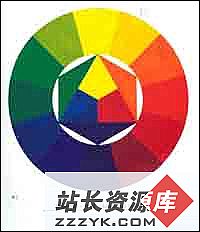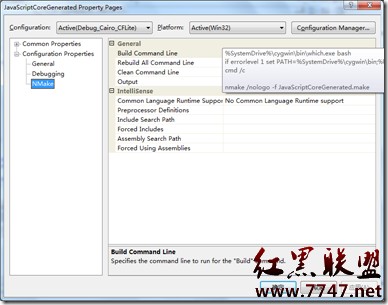HttpClient与servlet进行通信两种方法
[java]private static void upload(String url) {
HttpClient client = new DefaultHttpClient();
HttpPost post = new HttpPost(url);
try {
ArrayList<NameValuePair> list = new ArrayList<NameValuePair>();
list.add(new BasicNameValuePair("name", "我是一只小小鸟!!!!"));
HttpEntity en = new UrlEncodedFormEntity(list, HTTP.UTF_8);
post.setEntity(en);
HttpResponse response = client.execute(post);
if (response.getStatusLine().getStatusCode() == HttpStatus.SC_OK) {
Log.e("HttpStatus", "成功!");
String s = EntityUtils.toString(response.getEntity());
Log.e("", "" + s);
} else {
Log.e("HttpStatus", "失败!");
}
} catch (ClientProtocolException e) {
// TODO Auto-generated catch block
e.printStackTrace();
} catch (IOException e) {
// TODO Auto-generated catch block
e.printStackTrace();
}
}
private static void upload2(String url) {
HttpClient client = new DefaultHttpClient();
client.getParams().setParameter(CoreProtocolPNames.PROTOCOL_VERSION,
HttpVersion.HTTP_1_1);
HttpPost post = new HttpPost(url);
try {
StringEntity entity = new StringEntity("name=我是一只大大鸟", "UTF-8");
entity.setContentType("application/x-www-form-urlencoded");
post.setEntity(entity);
client.execute(post);
} catch (UnsupportedEncodingException e) {
// TODO Auto-generated catch block
e.printStackTrace();
} catch (ClientProtocolException e) {
// TODO Auto-generated catch block
e.printStackTrace();
} catch (IOException e) {
// TODO Auto-generated catch block
e.printStackTrace();
}
}
摘自 wl455624651的专栏
补充:综合编程 , 其他综合 ,




